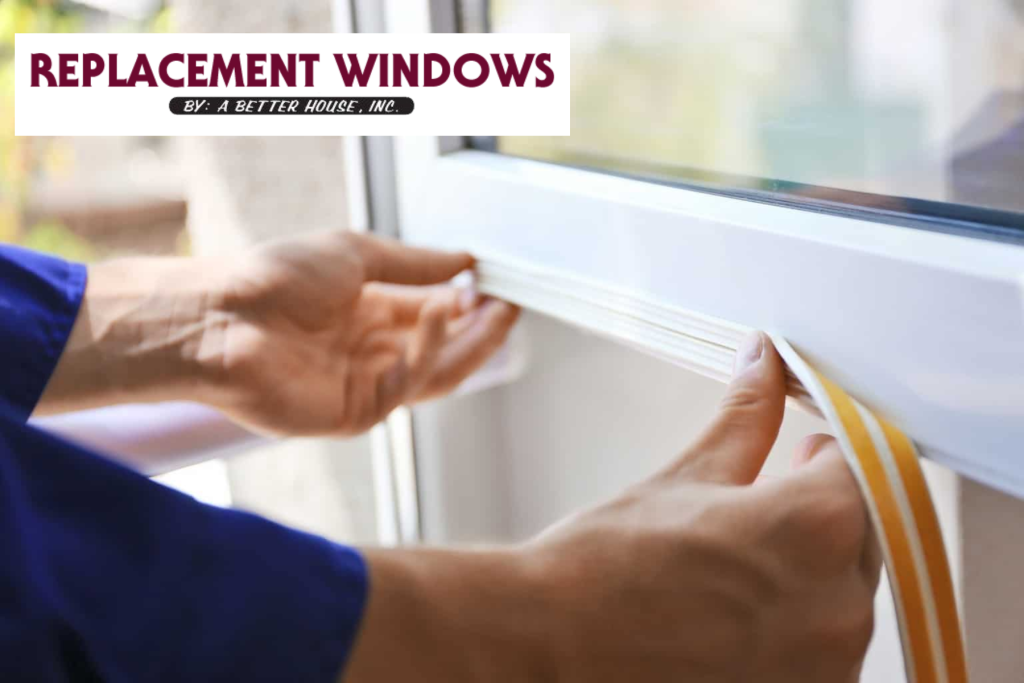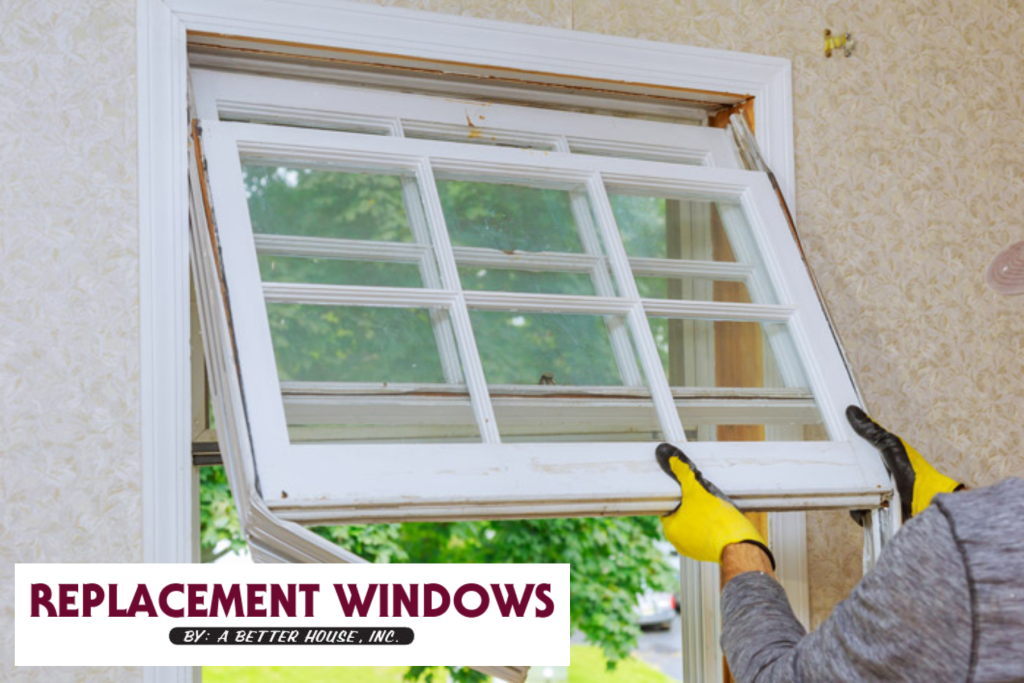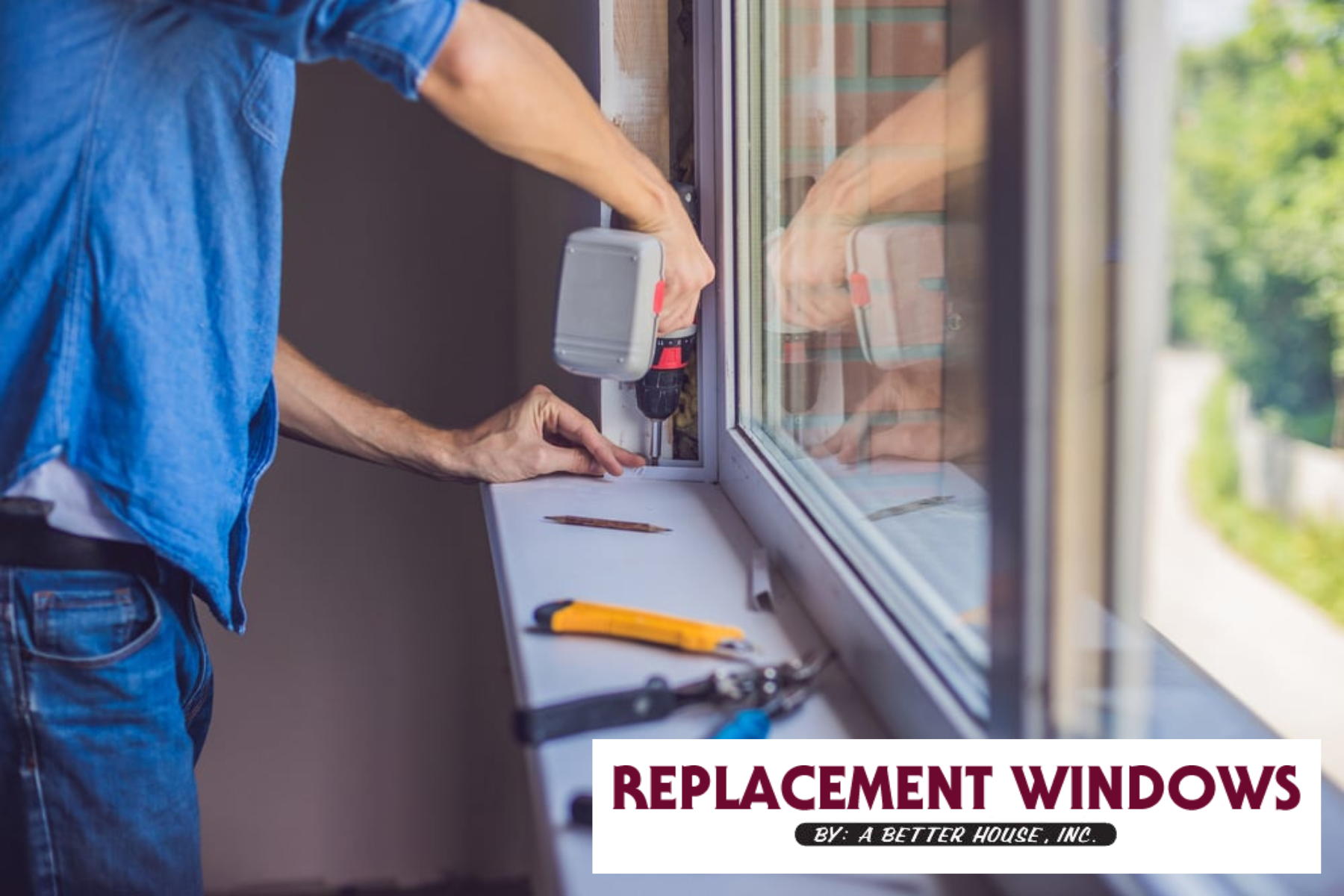Why Your Home Feels Colder Than It Should — And What You Might Be Missing
There’s nothing worse than entering your home on a chilly day and immediately feeling like it’s colder inside than outside. If your home is colder than it should be, it’s not just an inconvenience—it could be a sign that something is wrong. Whether it’s a specific issue with your heating system, insulation, or even the design of your home, understanding why your home feels colder than it should can save you from wasting energy, money, and frustration. In this blog post, we’ll explore some common reasons why your home may feel cold, as well as practical solutions to make your living space warmer and more comfortable.
1. Inefficient Heating System
The most obvious culprit when a home feels colder than it should is the heating system. If your heater isn’t working properly or is inefficient, it won’t effectively warm up your home. A malfunctioning furnace, an outdated heating system, or even dirty filters can reduce the amount of heat being circulated throughout your home, leaving some rooms feeling frigid. However, another common issue could be old or inefficient windows. In this case, window replacement Annapolis MD, can be an excellent solution. New, energy-efficient windows help retain heat inside your home, reducing energy loss and keeping your rooms comfortably warm during the colder months.

Common Heating Issues to Consider:
- Dirty Filters: Over time, filters in your heating system can become clogged with dust, dirt, and debris, which makes it harder for the system to circulate warm air. This can result in uneven heating and cold spots in your home.
- Old or Faulty Furnace: If your furnace is old or experiencing mechanical issues, it may not be functioning at full capacity. This means your home may not be getting the heat it needs to stay comfortable.
- Thermostat Problems: Sometimes, the issue lies with the thermostat itself. If it’s malfunctioning or placed in an area of the house that’s too drafty, it may not be reading the temperature correctly, leading to inconsistent heating.
What You Can Do:
- Replace or clean your filters regularly to maintain airflow.
- Have your furnace serviced by a professional to ensure it’s running efficiently.
- Upgrade to a newer, more efficient heating system if your current one is outdated.
2. Poor Insulation
Proper insulation is crucial to maintaining a comfortable indoor temperature. Insulation helps keep warm air inside during the winter and prevents cold air from entering your home. If your home has insufficient or damaged insulation, your heating system will struggle to keep up, leading to a cold indoor environment. One often overlooked factor in insulation is your windows. Old or poorly insulated windows can let heat escape, making it harder to maintain a comfortable temperature. Annapolis MD window replacement can help by installing energy-efficient windows that enhance your home’s insulation, reducing heat loss and improving your home’s overall energy efficiency.
Areas to Check for Insulation Gaps:
- Attic: A poorly insulated attic can lead to a significant loss of heat. Warm air rises, and without sufficient insulation in the attic, it escapes, making your home feel colder than it should.
- Windows and Doors: Drafty windows and doors are major culprits of heat loss. If you feel cold air around your window frames or doors, it’s a sign that they may not be properly sealed.
- Walls and Floors: Insulation issues can also arise in your walls and floors, particularly if your home is older. Cold floors or walls in certain rooms could indicate a lack of adequate insulation.
What You Can Do:
- Add more insulation to your attic to prevent heat loss.
- Install weatherstripping or draft stoppers around doors and windows to block out drafts.
- Consider upgrading windows to energy-efficient models that provide better insulation.
3. Leaky Ductwork
Your heating system’s ducts are responsible for distributing warm air throughout your home. If your ducts are leaky or poorly insulated, the warm air being pumped through your system could escape before it reaches the rooms that need it most. This can result in uneven heating and some areas of your home feeling much colder than others.
Common Signs of Leaky Ducts:
- Rooms that are far from the furnace are much colder than others.
- You hear strange noises coming from your ducts, indicating air leaks.
- High energy bills despite your heating system running constantly.
What You Can Do:
- Have your ductwork professionally inspected for leaks and gaps.
- Seal any leaks in the ducts using specialized tape or mastic.
- Consider insulating the ducts if they are located in unheated areas like attics or crawl spaces.
4. Inadequate Ventilation
While ventilation is essential for maintaining air quality in your home, poor ventilation can also contribute to a colder environment. When rooms aren’t adequately ventilated, moisture can build up, leading to cold, damp air. This can make your home feel colder and can even lead to issues like mold growth. One solution to this problem is window replacement Annapolis. By replacing old, inefficient windows with modern, energy-efficient ones, you can improve ventilation and reduce moisture buildup, helping to maintain a more comfortable and healthier indoor environment.
What You Can Do:
- Use exhaust fans in bathrooms and kitchens to prevent moisture buildup.
- Open windows periodically to allow fresh air to circulate.
- Consider investing in a heat recovery ventilator (HRV) system to improve indoor air quality without sacrificing warmth.
5. Heat Loss from the Foundation
The foundation of your home plays a big role in maintaining its temperature. If your foundation is poorly insulated or there are cracks in the walls, cold air from the ground can infiltrate your home, causing drafts and reducing overall warmth. This is particularly noticeable in homes with a basement or crawl space.
What You Can Do:
- Insulate the foundation walls to reduce heat loss from the ground.
- Seal any cracks or gaps in the foundation to prevent cold air from entering.
- Consider installing a vapor barrier in your crawl space to reduce moisture and cold air infiltration.

6. Excessive Air Leakage
Even if you have great insulation and a fully functional heating system, air leaks around your home can still make it feel colder. Small gaps around electrical outlets, baseboards, light fixtures, and even between the walls and floors can allow drafts to enter your home, especially in older homes where the construction may not be as tight as it should be. One of the most common sources of air leaks in a home is old or poorly sealed windows. Annapolis window replacement can help address this issue by installing energy-efficient windows that provide a better seal and reduce drafts, ensuring your home stays warmer and more energy-efficient.
Common Sources of Air Leaks:
- Around Windows and Doors: These are the most obvious places for air leaks to occur, especially if your windows are old or poorly sealed.
- Electrical Outlets: Air can escape or enter through gaps around electrical outlets, particularly those located on exterior walls.
- Chimney and Fireplace: If you have a chimney or fireplace, air can leak out through these areas if they are not sealed properly when not in use.
What You Can Do:
- Inspect all windows and doors for drafts and seal any gaps with weatherstripping or caulk.
- Use outlet sealers to prevent air leakage around electrical outlets.
- Make sure your fireplace damper is fully closed when not in use to prevent cold air from entering through the chimney.
7. Unbalanced Thermostat Settings
Another common issue that can lead to cold spots in your home is an unbalanced thermostat setting. If your thermostat is located in a drafty area or an area that is naturally warmer than other parts of your home, it may not be accurately reflecting the overall temperature in your home. This can lead to the heating system running inefficiently and leaving certain rooms colder than others.
What You Can Do:
- Consider relocating your thermostat to a more central location in the home where it can get an accurate reading of the overall temperature.
- Use programmable thermostats to manage heating more efficiently based on your home’s needs.
8. External Factors
Sometimes, the problem isn’t inside your home at all. External weather factors such as extreme temperatures or high winds can significantly affect how your home retains heat. If your home is in a location prone to strong winds or frequent temperature changes, these external factors can influence how warm your home feels.
What You Can Do:
- Install storm windows or add insulation to existing windows to help block out cold air.
- Make sure your home’s exterior is properly sealed and insulated to prevent heat from escaping.
About Kelemer Brothers
At Kelemer Brothers, we understand that a warm, comfortable home is essential for your well-being. We offer a range of services to help ensure that your heating system is running efficiently, your home is properly insulated, and your ventilation needs are met. Whether you’re experiencing cold spots, need a furnace inspection, or want to upgrade your insulation, we’re here to help.












